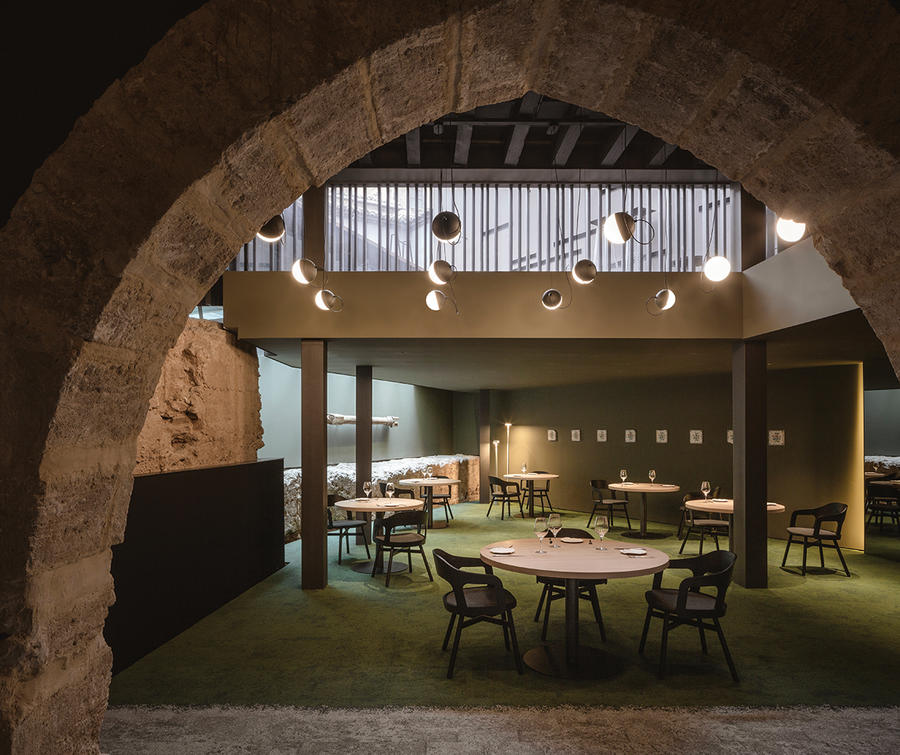As the year winds down, we’re looking back at the best stories of 2019—including highlights from BOH’s print quarterly. (Want to read them all? Start here. Want immediate access in print and online to upcoming issues? Subscribe or become a BOH Insider to get industry insights and analysis from Business of Home each quarter.)
A digital coming of age

With Generation Z beginning to come of age and enter the professional sphere, we asked top educators to share their thoughts on the changing tides at top design schools. The next generation of designers will be the first in the industry that fall under the umbrella of “digital natives,” explained SCAD chair of interior design Ryan Hansen. “They thrive in a technology-oriented learning environment. They also highly value diversity and social purpose in all aspects of their lives. These students want to work in environments where they feel they are a valued part of something bigger, for firms that have clear values and strong direction.” Greater incorporations of design technology as well as “real-world” skills (everything from budgeting and marketing to spatial perception in studio courses) are on the syllabus, marking a new phase in holistic design education. (From “Top educators talk about what to expect from the industry’s next generation,” Spring 2019)
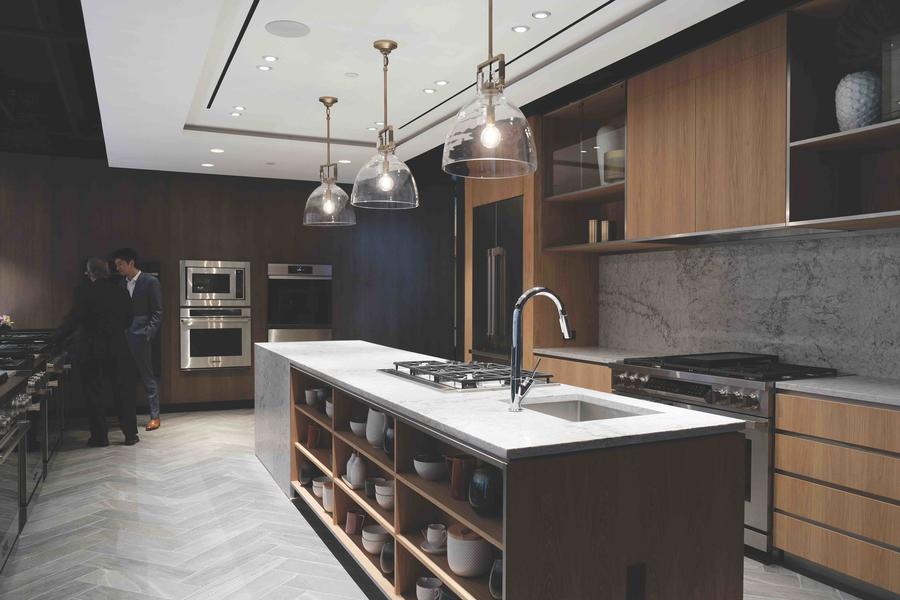
With the dawn of digital superpowers well upon us, more brick-and-mortar showrooms are facing the question of relevance—and how to hold onto it. Cue the introduction of the “experience center,” a re-envisioned approach by luxury appliance brands to sharpen their edge in the realm of retail sales. In these immersive spaces, potential customers come in ready to be dazzled by offerings like in-store showers (Kohler), “kitchen theater” classes for the modern entertainer (Dacor), and Napa Valley food and wine tastings (Signature Kitchen Suite, backed by South Korean electronics mogul LG). (From “The showroom is dead. Long live the experience center,” Spring 2019)
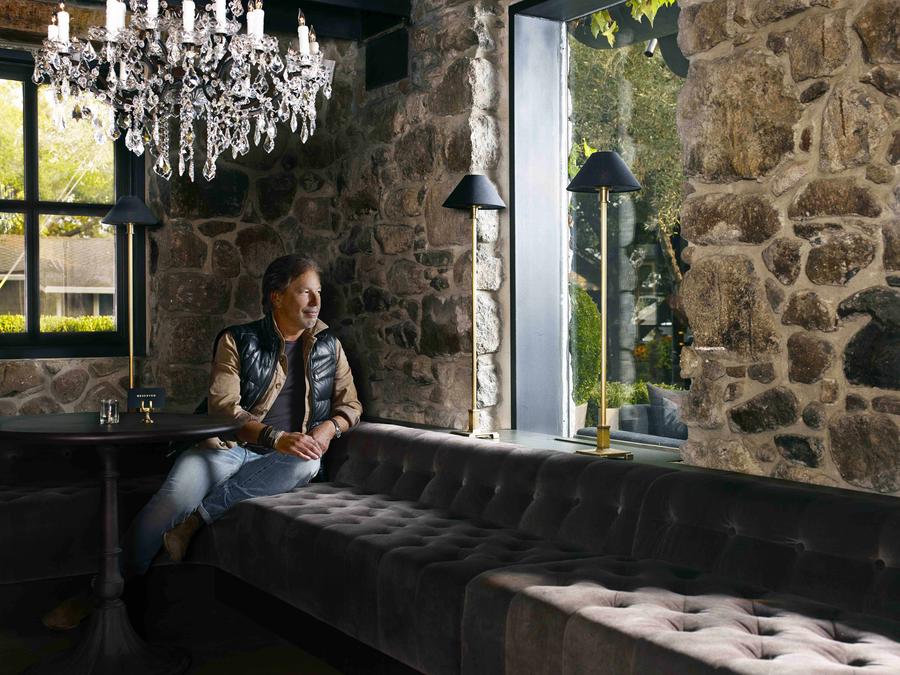
While this year saw the continued advent of tech and the ways that we all (begrudgingly or not) are adapting to its presence, there are those who make a point of keeping it at arm’s length. RH CEO Gary Friedman is one such example. He’s had quite the year—an ever-growing stock, plus a buy-in from Warren Buffett; brewing plans to take the enterprise international; and massive new storefronts with burgeoning restaurants in major U.S. cities. One place where customers won’t interact with RH is through social media, as Friedman explained to BOH. He believes in the power of a physical store: “The web is the most democratic channel: The smallest retailer in the world looks the same as the largest on a screen. But here”—he says, gesturing to RH’s Yountville, California, restaurant—“you can see the size and scale of the compound. … If you look at a website, you don’t know how much is in there. You would have to click 10,000 times to know how large our assortment is.” (From “Gary Friedman on building big, ignoring social media, and RH's future,” Winter 2019)
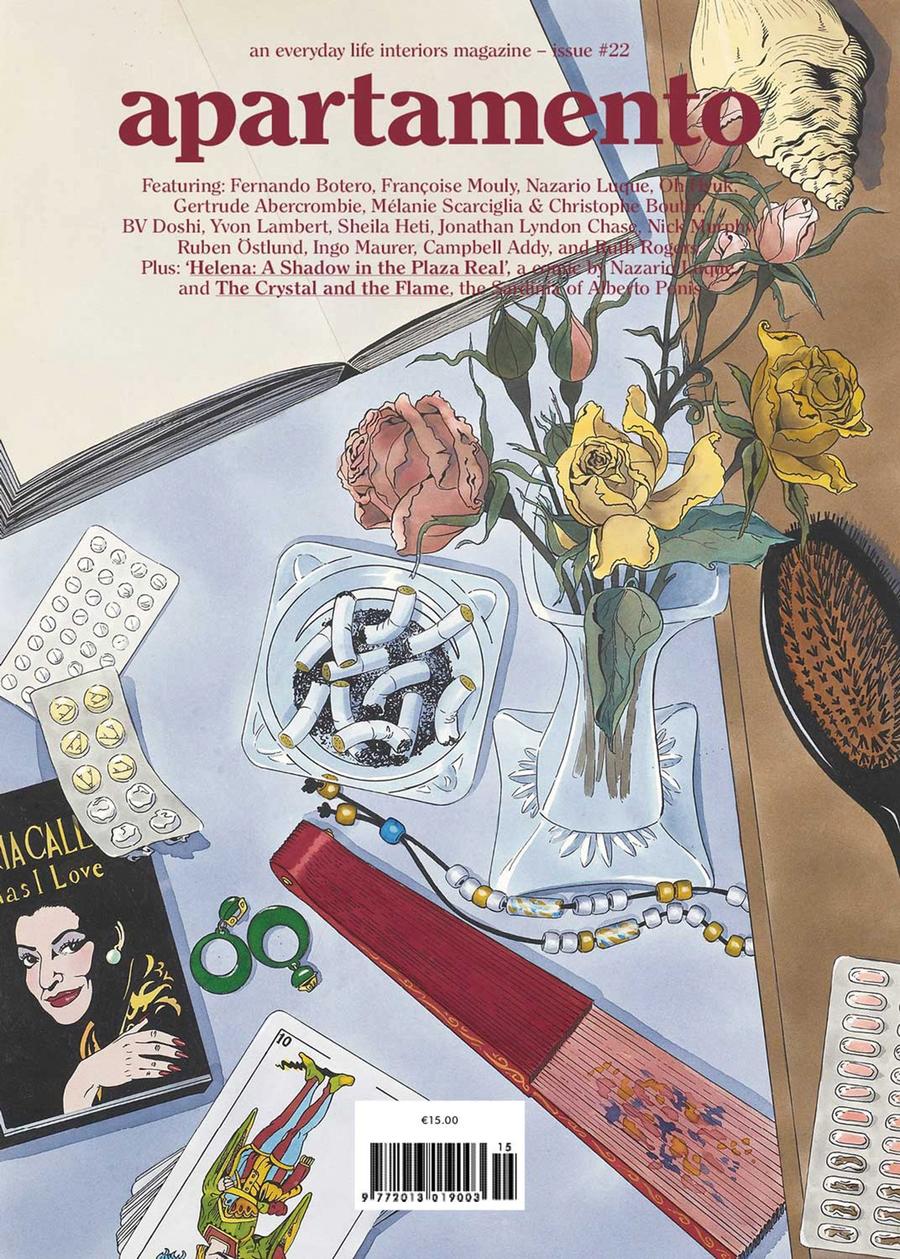
The ever-changing media landscape
Elsewhere in print, we took a look at the thriving industry of niche design magazines—those occasionally weird, often wonderful publications like Apartamento, Cabana, Pin-Up and Hole & Corner that cover the more esoteric corners of architecture and design. Though these are not necessarily publications that are garnering new clients for designers, these specialty titles have developed cult-like followings among design lovers across the world. “That spirit of exclusivity, being able to speak to a specific person as opposed to a bunch of people—that’s very desirable,” said Felix Burrichter, founder of Pin-Up. “It is a luxury object, and I like it as such.” (From “Inside the weird, wonderful world of niche design magazines,” Fall 2019)
It seemed that no major media organization was spared from shake-ups this year, with Hearst in particular keeping everyone on their toes. The editorial staffers at the company’s 25 U.S. magazines announced plans to unionize last month, and just last week it was announced that the former president, David Carey, was being brought back in a new role. With the future of print media facing increasing uncertainty, we spoke with designers about whether or not the medium still matters to them. “I now go through this debate of whether or not to just post images of a project on social media, where I will actually get new clients, or to submit them to a magazine, where they might hold it for a year or more,” Andrew Howard, an interior designer in Jacksonville, Florida, told BOH. “I do think design magazines are becoming less important. That doesn’t mean I’ll ever stop reading them, or that I don’t love them. But as far as them driving our business or being relevant to how we make money, they are becoming less important.” (From “What media still matters?,” Fall 2019)
Making green evergreen
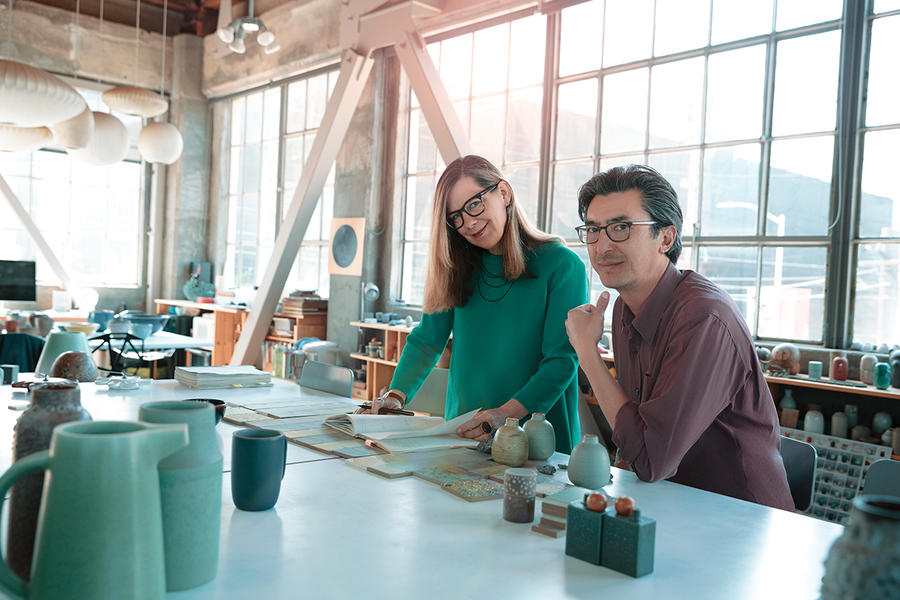
Robin Petravic and his wife, Catherine Bailey, took over San Francisco–based Heath Ceramics in 2003 with sustainability in mind. Heath was always one to produce and sell locally, and the two simply followed suit, bypassing the storms of foam peanuts that most manufacturers use to ship goods. In 2015, the company began a bolder endeavor: a zero-waste initiative. Changes took the form of thoughtfully placed waste-specific bins and a special “waste chain” to transport harder-to-recycle items to specialty processing facilities. Many companies hold back from taking similar action for fear of the cost—a concern that is perhaps unwarranted, according to Petravic. “We don’t focus on cost, but there are no financial red flags,” he told BOH. “We’ve never seen any material change to our finances, so there’s really no reason not to keep doing it.” (From “Could you go a day without producing any trash? Heath’s pursuit of zero-waste manufacturing,” Summer 2019)
Home is everywhere
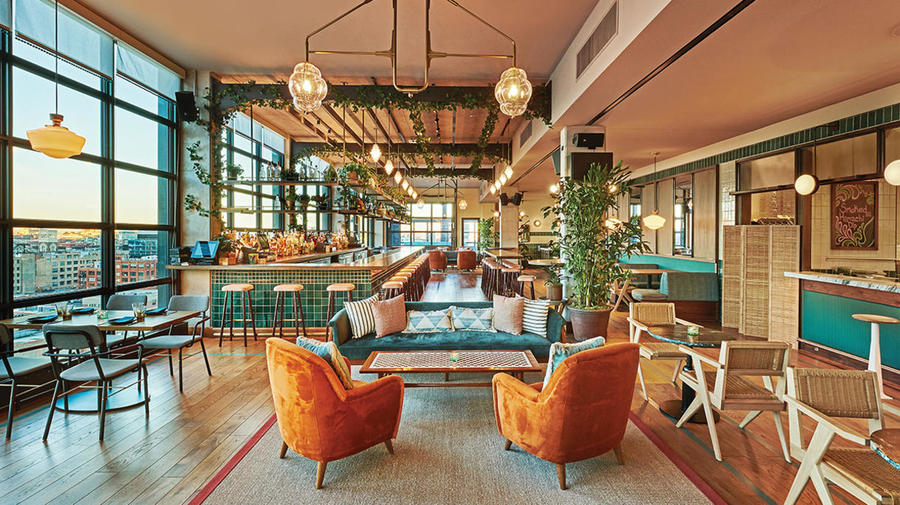
In the fall, BOH took a look at the various innovators that are working to redefine commercial interior design. In the restaurant sector, sustainability soared to new heights in eateries like Cardboard Bombay, a cafe in Mumbai made almost entirely out of cardboard—a biodegradable marvel by local architecture firm NUDES. Adam Farmerie, principal designer at New York–based design firm AvroKO, talks about high-low seating profiles that echo the tidings of home: “They’re using not just dining and bar-height tables, but adding in breakfast heights and mixtures of soft and traditional hard seating. As a result, restaurants are starting to mirror the types of varied seating we might have in our homes, becoming at once subconsciously familiar and comfortable.”
Health care design, too, has caught wind of wellness benefits afforded by great design. Thanks to a greater selection of high-grade textiles and coverings that mimic the textures of home, gone are the days when your doctor’s office is limited by uncomfortable shades of purple and brown.
In the hospitality sector, lobby design has leaped into center stage as more hotel owners are working to shift the dynamic of shared spaces. “Lounging areas are no longer short-term waiting areas, but the destination,” says Gary Inman, a designer and vice president of hospitality at Virginia-based design firm Baskervill. (From the Fall 2019 issue, Home Is Everywhere)
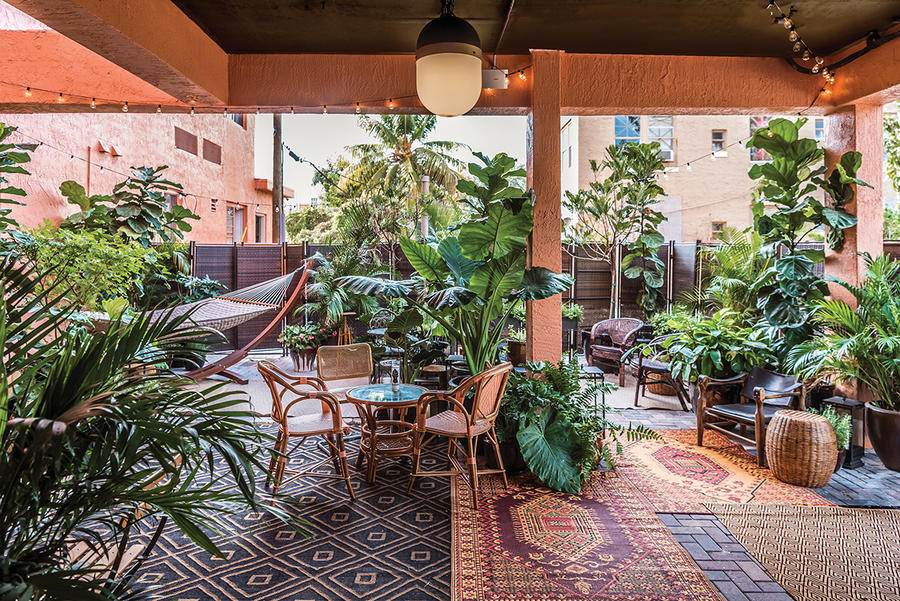
Homepage image: Sucede a restaurant on Spain's east coast | David Zarzoso















